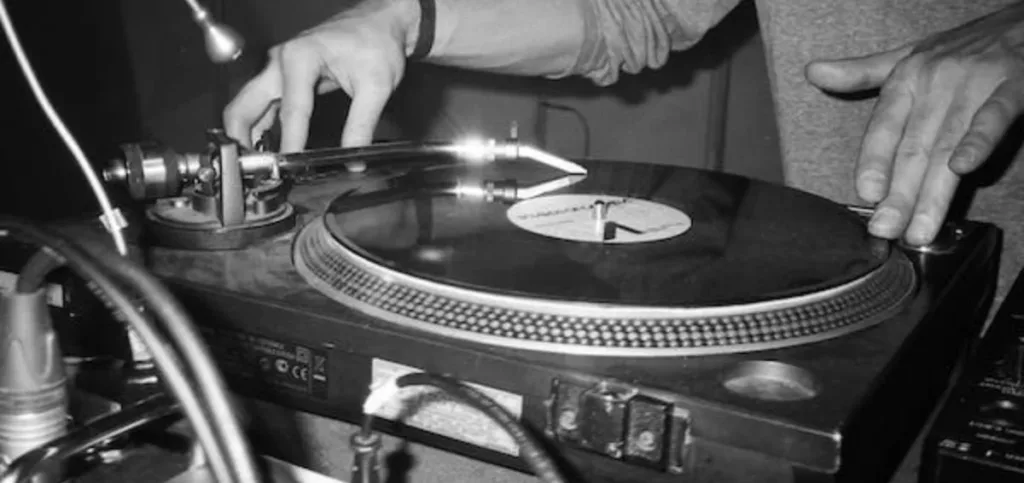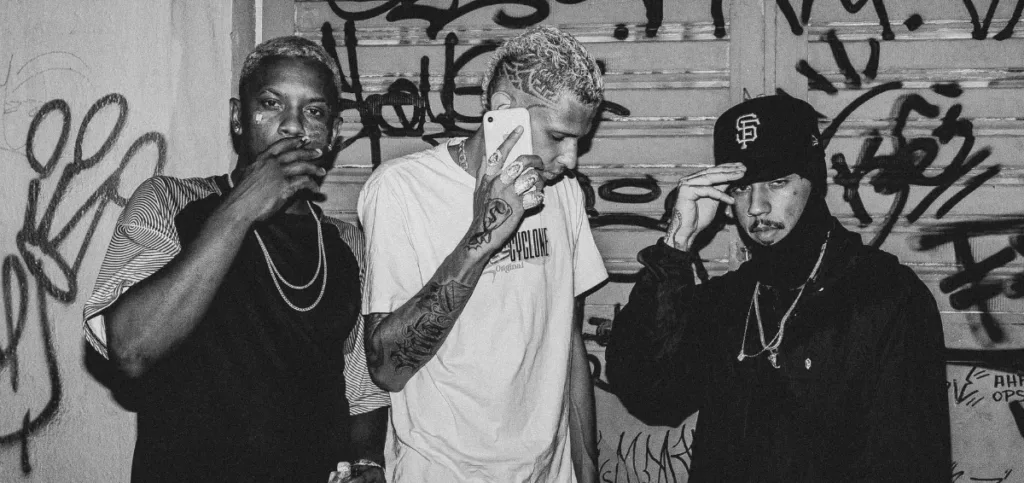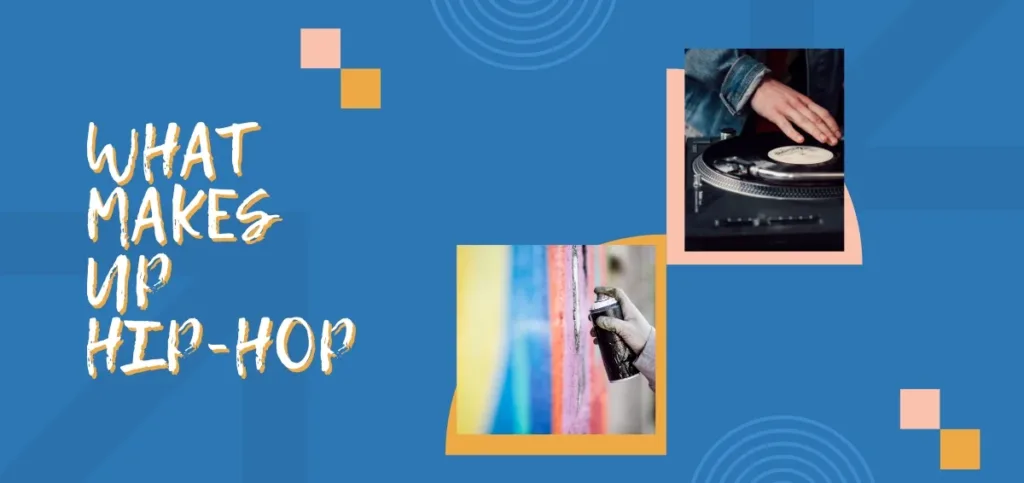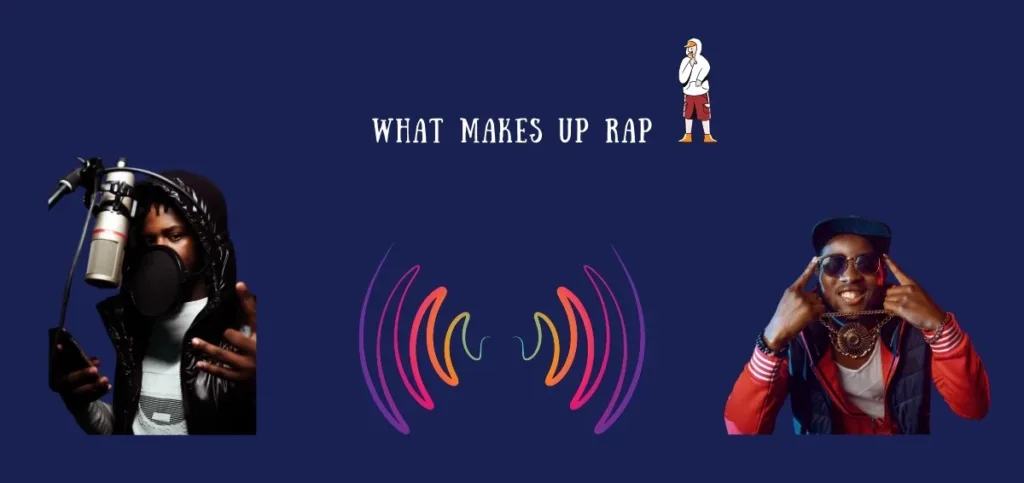
Hip Hop vs Rap are two types of music genres that most of us enjoy. However, often, it feels difficult to find out precisely where one ends and the other begins. For several years now, the debate has raged about what exactly constitutes Hip-Hop and rap. There are several areas where both can be distinguished from one another. But the short answer is that rap is something you do, meaning that it is a kind of music. On the other hand, Hip-Hop is something you live and breathe, meaning it is a way of life. Let’s find out the distinctions between hip-hop and rap in more detail.
Hip-Hop – A Culture
Hip-Hop is a way of living. It is the music, the rapid-fire lyrics, the peculiar gravity-defying dance, and the larger-than-life letters and illustrations of the writers. Hip-hop is a medium for exploring, experiencing, and understanding the world as it is. It is the parent of the rap genre in music. Besides the elements above, hip-hop also encompasses lifestyle trends like mindset, slang, and clothing. Generally, the musical themes of Hip-Hop revolve around poetic wordplay and rhyming stanzas. The lyrics usually cover a spectrum of topics like drugs, wealth, luxury, poverty, and the like.
Read Also: Best Time to Go to New Orleans
Rap – An Art Form
Rap is one of the most prevalent music genres. This kind of music developed alongside the much broader hip-hop cultural movement. Rap music is a combination of poetry and rhyming to a musical beat. Rap music covers many themes. From social matters to politics, it can be about anything. In recent years, the lyrics have mainly focused on the evils of consumer commercialism. However, the musical theme of rap is similar to Hip-Hop in the sense that it also involves poetic and witty wordplay. More recently, rap music has been associated with activism related to the Black Lives Matter movement. Many rappers have created ‘protest music’ that reflects the prevalent societal issues.
The Origins Of Hip-Hop

Hip-hop’s roots go back to New York City. DJ Kool Herc introduced a few elements of hip-hop in the 1970s. He developed a method to extend the focal part of the song, the break. This is the part where there are fewer vocal additions and more instruments. In this part, people were free to showcase their dance moves. Fast forward to a few years and DJ Herc did something more unique. He played a break from one song and, after he ended, went straight to the break of another song. The Merry-Go-Round coined the term hip-hop in 1979, as The Sugarhill Gang did in their song Rapper’s Delight. The song combined jazz and a peculiar poetry style called the spoken word. In the coming decades, artists like Funkmaster, Kendrick Lamar, and Jay Z further improvised these music techniques.
The Origins Of Rap

Rap also traces its roots to New York City in the early 1970s. More specifically, the genre’s roots go back to the block parties in NYC. DJs at the time started isolating the percussion breaks of disco, soul, and funk songs, and extending them. At that time, the rappers, known as MCs, had to keep the crowd engaged. So, they would talk to the audience between these percussion breaks. With time, MCs started to talk and rhyme in sync with the music. Rap, as a music genre, established itself in 1980 with The Breaks, a Curtis Blow song that became a major hit.
In the succeeding years, rap as a music genre was continuously refined. Its development went hand-in-hand with DJing, most notably, the technique of ‘scratching’ in DJing, wherein the DJ pushed the record back and forth to generate a scratching noise. Everyone loved this technique, and artists like Grandmaster Flash further expressed it. Rap is a part of the hip-hop genre. It shone during the mid-80s, an era also known as the golden age of hip-hop.
What Makes up Hip-Hop?

Hip-hop comprises four unique elements. These include the following:
- Mcing: This is the vocal component of Hip-Hop. Mcing is done alongside freestyling and beatboxing. These two things allow the DJ to improvise the lyrics. Some great examples of Mcing can be found in Kendrick Lamar’s hip-hop music.
- Breaking: Breaking is a distinct street style. It encompasses many things. The major elements include acrobatics, footwork, and freezes. Breaking is a way to give expression to your idea or message. It is employed by B-boys and B-girls.
- DJing: DJing is the process of changing the sound. This is accomplished using turntables. It is through DJing that artists can come up with a never-heard-before sound.
- Graffiti: Graffiti is large paintings or drawings. Hip-hop stars created them on the NYC streets. Graffitis was spray painted. Through them, artists conveyed their opinions and ideas.
- The Fifth Element: The fifth element is educating yourself about the roots of Hip-Hop. As you gain greater knowledge, you acquire a new appreciation for the art form.
Educating yourself on the development of Hip-Hop is integral to finding a sense of appreciation for this art form.
Read Also: Amazing Female Musicians You Must Listen To
What Makes up Rap?

Like Hip-Hop, rap comprises five unique elements. These include:
- MC: MC is the one who raps. He creates and recites the lyrics.
- Content: This is the underlying message of the song. It is what the rapper wants to convey to their audience.
- Beat: Beat refers to the rhythmic pattern. It is played either through the percussion instrument or by the DJ.
- Flow: Flow is the creation of rhythm. It is the process by which the rapper adapts to the beat.
- Delivery: Delivery is the cadence of the rapper or the DJ.
Summing up
Hip Hop vs Rap represent two distinct musical genres, but people frequently use them interchangeably. Hip-hop encompasses a culture, lifestyle, and art form that includes rap as one of its elements. Rap, on the other hand, primarily consists of rhythmic poetry and lyrical expression within the musical genre. Both trace their roots back to the vibrant streets of New York City, with Hip-Hop’s four elements and rap’s five elements defining their essence. Understanding these details allows for a deeper appreciation of their impact on music, culture, and society, highlighting the dynamic evolution of urban expression and creativity.










